Here on Science Traveler I cover three main topics – Nikola Tesla, Abraham Lincoln, and Science Traveling. It’s been a busy few months so far this year, and the rest of the year is shaping up to be even busier. Here are some quick updates on what to expect.
Abraham Lincoln
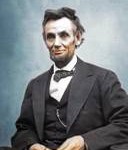
Abraham Lincoln
I’ve recently become the Coordinator for Outreach and Education for the Lincoln Group of the District of Columbia. In that role next week I’ll meet with key people from the infamous Ford’s Theater to evaluate any common goals and activities. I’ll also be working with the Lincoln Group President and Board to develop a program to better integrate with other Lincoln groups, scholars, and the public.
I expect to make great strides on my own Abraham Lincoln book this year, as well as a new Lincoln book project I’ll talk more about later. Meanwhile, the Lincoln Group book club is wrapping up our discussion of Herndon’s Lincoln and will decide shortly on what book we’ll tackle next.
I also had the privilege of joining Lincoln Group member and National Archives researcher Rodney Ross for a Civil War event at the exclusive Cosmos Club in Washington DC. The coordinator of that event even asked me to be a speaker on my book topic next year. That makes four or five requests for speaking engagements already being lined up for when the book comes out.
Nikola Tesla
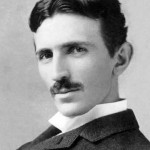 Tesla world has been equally busy. I continue to work on the Tesla and Renewable Energy ebook I expect to release in June. The ebook format will keep the cost low and allow reaching out to the large number of people who haven’t yet discovered the great inventor. Meanwhile, the second printing of my Tesla: The Wizard of Electricity book is scheduled to be in Barnes and Noble book stores in time for Tesla’s birthday in July.
Tesla world has been equally busy. I continue to work on the Tesla and Renewable Energy ebook I expect to release in June. The ebook format will keep the cost low and allow reaching out to the large number of people who haven’t yet discovered the great inventor. Meanwhile, the second printing of my Tesla: The Wizard of Electricity book is scheduled to be in Barnes and Noble book stores in time for Tesla’s birthday in July.
I’ll be giving a presentation on Nikola Tesla at the Ipswich Museum on July 7th, and expect to be part of the Tesla Days events in Philadelphia on July 9th. I also expect to be doing presentations and book signings in July and August once the second printing is in the stores. I’m eager to include a west coast trip on the schedule.
One exciting project is the development of a curriculum to teach about Nikola Tesla in schools. The Tesla Science Foundation has been working with Ashley Redfearn Neswick at the Tacony Academy Charter School, and there is potential for using my Tesla book as part of that curriculum.
Science Traveling
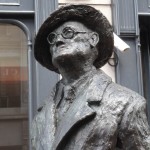 I’ve been documenting on these pages some of the highlights of my February 2014 trip to Patagonia, Argentina. I’ll have more on other trips I’ve taken in the past as well. But the next few months could get very busy with new science travel.
I’ve been documenting on these pages some of the highlights of my February 2014 trip to Patagonia, Argentina. I’ll have more on other trips I’ve taken in the past as well. But the next few months could get very busy with new science travel.
I’m planning a trip out to Chicago/Springfield sometime in May or June. The main purpose is to visit and do some research at the Abraham Lincoln Presidential Library and Museum, but I’ll take advantage of the trip to also see the exhibits (including Tesla) from the 1893 Chicago World’s Fair, as well as check out other Lincoln sites. In November I’m expecting to go to the Lincoln Forum in Gettysburg, PA.
July will be a trip home to New England to visit family, as well as a possible Tesla book tour to the west coast. The end of August should find me in the fjords of Norway, plus trains through Sweden and Denmark. The fall, in addition to Gettysburg, may take me to Vancouver and, hopefully, India. By Christmas I’ll be ready to curl up under the Yule log.
One more thing I initially forgot to mention: I’ll be giving a presentation on Monday, April 28th at the CPRC 2014 Annual Meeting. My topic is “Remembering the Big Picture: Communicating Local Science to a Global Audience.”
David J. Kent is the author of Tesla: The Wizard of Electricity. You can order a signed copy directly from me, download the ebook at barnesandnoble.com, and find hard copies at Barnes and Noble bookstores, as well as online at B&N.com and Amazon.com.
Follow me by subscribing by email on the home page. And feel free to “Like” my Facebook author’s page and connect on LinkedIn. Share with your friends using the buttons below.








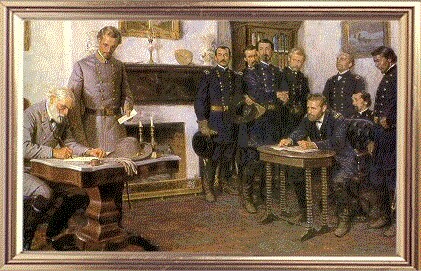
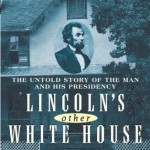 Abraham Lincoln lived in the White House from March 1861 until his assassination in April 1865. Or did he? In fact, he spent most of the summer months of 1862 through 1864 – about a quarter of his presidency – living in the Soldier’s Home. Author Elizabeth Smith Brownstein gives us a fascinating, as well as delightful, look at Lincoln’s Other White House.
Abraham Lincoln lived in the White House from March 1861 until his assassination in April 1865. Or did he? In fact, he spent most of the summer months of 1862 through 1864 – about a quarter of his presidency – living in the Soldier’s Home. Author Elizabeth Smith Brownstein gives us a fascinating, as well as delightful, look at Lincoln’s Other White House.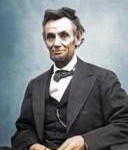 Put two hundred Abraham Lincoln scholars and followers in a room and what do you get? On March 22, 2014 you get the 17th Abraham Lincoln Institute Annual Symposium highlighting the latest in Lincoln scholarship. The day-long symposium featured five speakers discussing their latest books, and the audience included some of the biggest names in the field.
Put two hundred Abraham Lincoln scholars and followers in a room and what do you get? On March 22, 2014 you get the 17th Abraham Lincoln Institute Annual Symposium highlighting the latest in Lincoln scholarship. The day-long symposium featured five speakers discussing their latest books, and the audience included some of the biggest names in the field.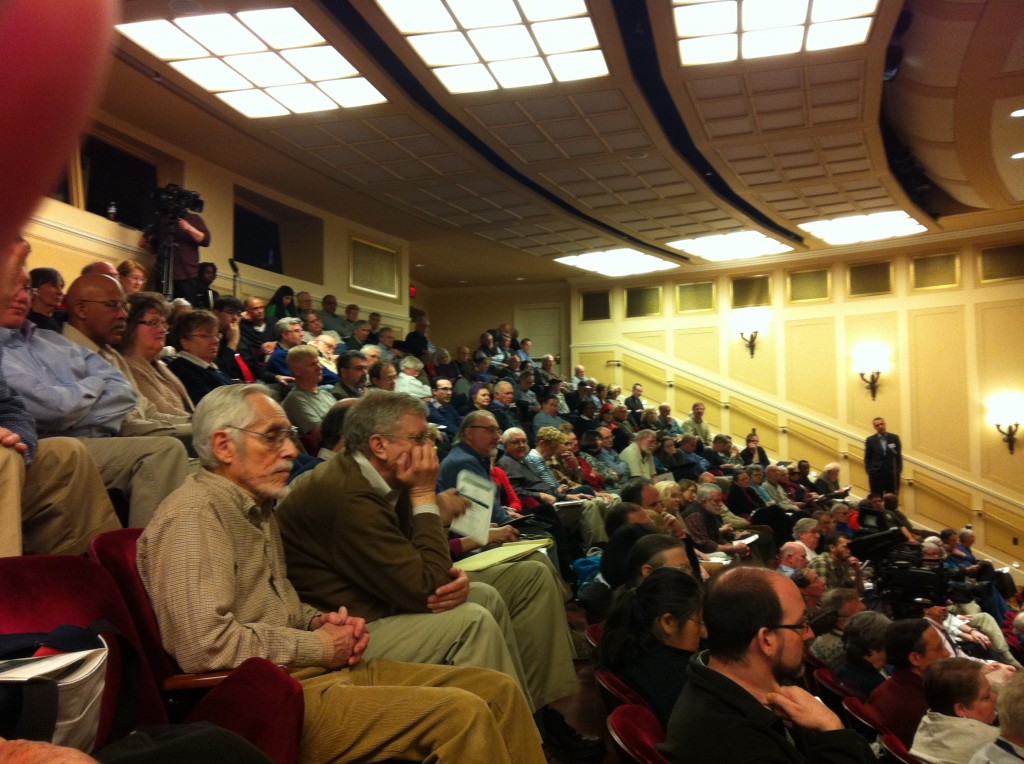
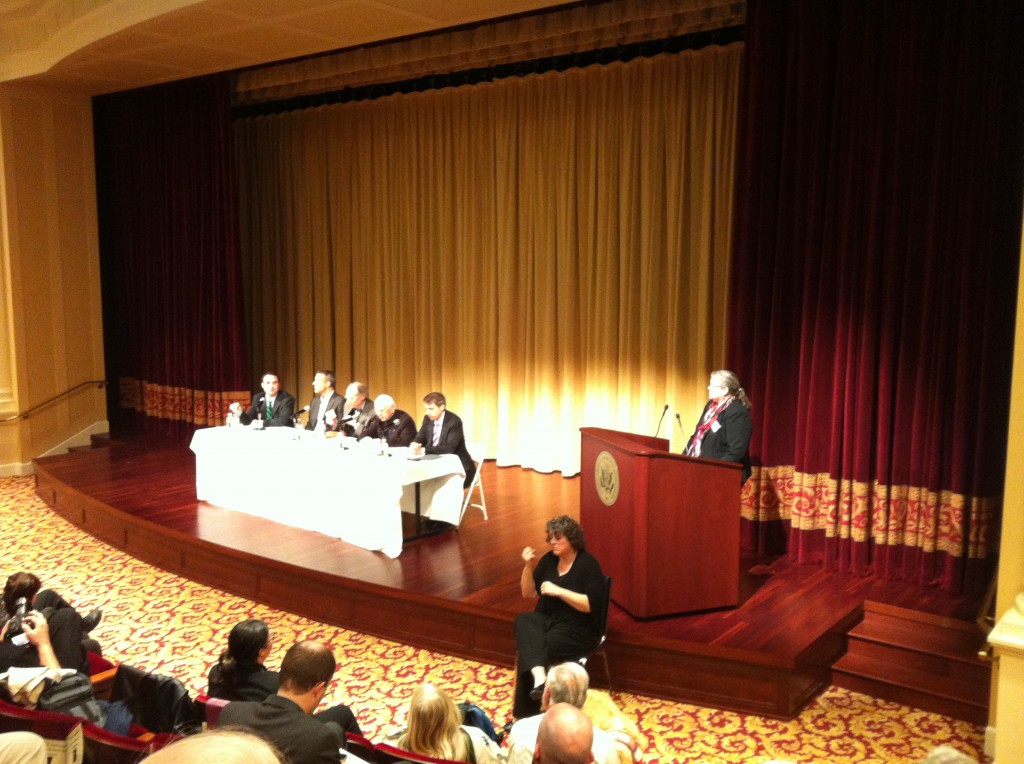
 This 1992 book is somewhat uneven and could have used some better editing, but it does provide some excellent insights into Abraham Lincoln’s rhetorical style. The author, Lois J. Einhorn, was an Associate Professor of Rhetoric at the State University of New York.
This 1992 book is somewhat uneven and could have used some better editing, but it does provide some excellent insights into Abraham Lincoln’s rhetorical style. The author, Lois J. Einhorn, was an Associate Professor of Rhetoric at the State University of New York.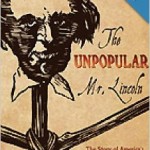 This book, The Unpopular Mr. Lincoln: The Story of America’s Most Reviled President, is a rather extraordinary look at Abraham Lincoln. And a remarkably pleasant surprise given the uncustomary view of Lincoln, as well as the providence of the author. Larry Tagg is not whom you might expect to be writing a biography of Abraham Lincoln. Some will recognize the name from the music world and Tagg’s band Bourgeois Tagg, or from his many years touring with Todd Rundgren, Hall & Oates, and opening for Robert Palmer, Belinda Carlisle and others. Now a high school English and drama teacher in California, Tagg surprises the reader with his deep understanding of Lincoln and his times. And he tackles an often overlooked and difficult facet of how Lincoln was viewed by contemporaries.
This book, The Unpopular Mr. Lincoln: The Story of America’s Most Reviled President, is a rather extraordinary look at Abraham Lincoln. And a remarkably pleasant surprise given the uncustomary view of Lincoln, as well as the providence of the author. Larry Tagg is not whom you might expect to be writing a biography of Abraham Lincoln. Some will recognize the name from the music world and Tagg’s band Bourgeois Tagg, or from his many years touring with Todd Rundgren, Hall & Oates, and opening for Robert Palmer, Belinda Carlisle and others. Now a high school English and drama teacher in California, Tagg surprises the reader with his deep understanding of Lincoln and his times. And he tackles an often overlooked and difficult facet of how Lincoln was viewed by contemporaries.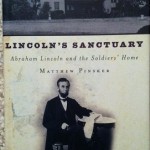 When most people think of Abraham Lincoln, they think of him toiling away in the White House, occasionally making his way to the adjoining War Department to check telegraph news from the front. Few know that Lincoln and his family actually spent much of the summers of 1862, 1863 and 1964 living at the “Soldier’s Home” and commuting daily to the White House.
When most people think of Abraham Lincoln, they think of him toiling away in the White House, occasionally making his way to the adjoining War Department to check telegraph news from the front. Few know that Lincoln and his family actually spent much of the summers of 1862, 1863 and 1964 living at the “Soldier’s Home” and commuting daily to the White House.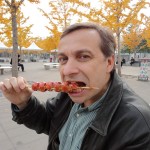 It seems like January 2013 was a blink away, but somehow an entire year has passed and that blink away is now January 2014. But oh what a year it was. A year of transitions, a year of excitement, and even a year with some major anxieties. But it is a year I will always remember – the year of Tesla.
It seems like January 2013 was a blink away, but somehow an entire year has passed and that blink away is now January 2014. But oh what a year it was. A year of transitions, a year of excitement, and even a year with some major anxieties. But it is a year I will always remember – the year of Tesla.






